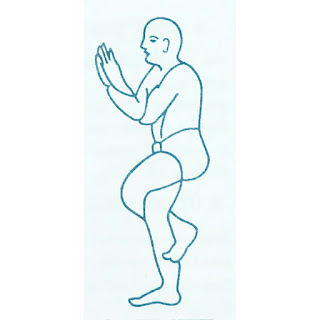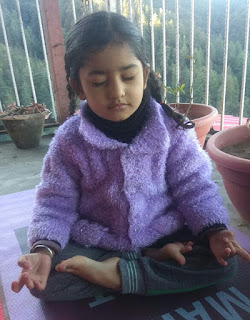Garud asana | how to do | How-It named after the bird Eagle | concentration and health

Garud asana is a standing posture named after the bird Garud or eagle , very simple yet very beneficial among all the standing asanas as it makes the legs and waist flexible as well as curing disorders of the legs, genitals, arms, shoulders and entire spine. The eagle represents a symbol of beauty, bravery, courage, determination and self-efficacy which makes it unique among the world’s largest birds of prey. Eagle is known for his chiselled vision, fearless as it loves storm gliding higher and higher without using their energy with an ability to lock wings in a fixed direction in the midst of fierce storm winds and enjoy every minute by observing all. The eagle takes on all challenges rather than running away. As per their motto ‘no retreat no surrender , the garud asana provides you with all the attributes of eagle including how to combat with adverse atmosphere, the eagle alone as will face the situation without any help from others birds. Kati chakra, Bhuja chakr...


